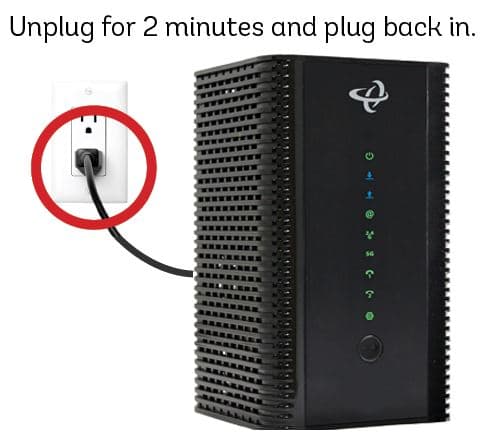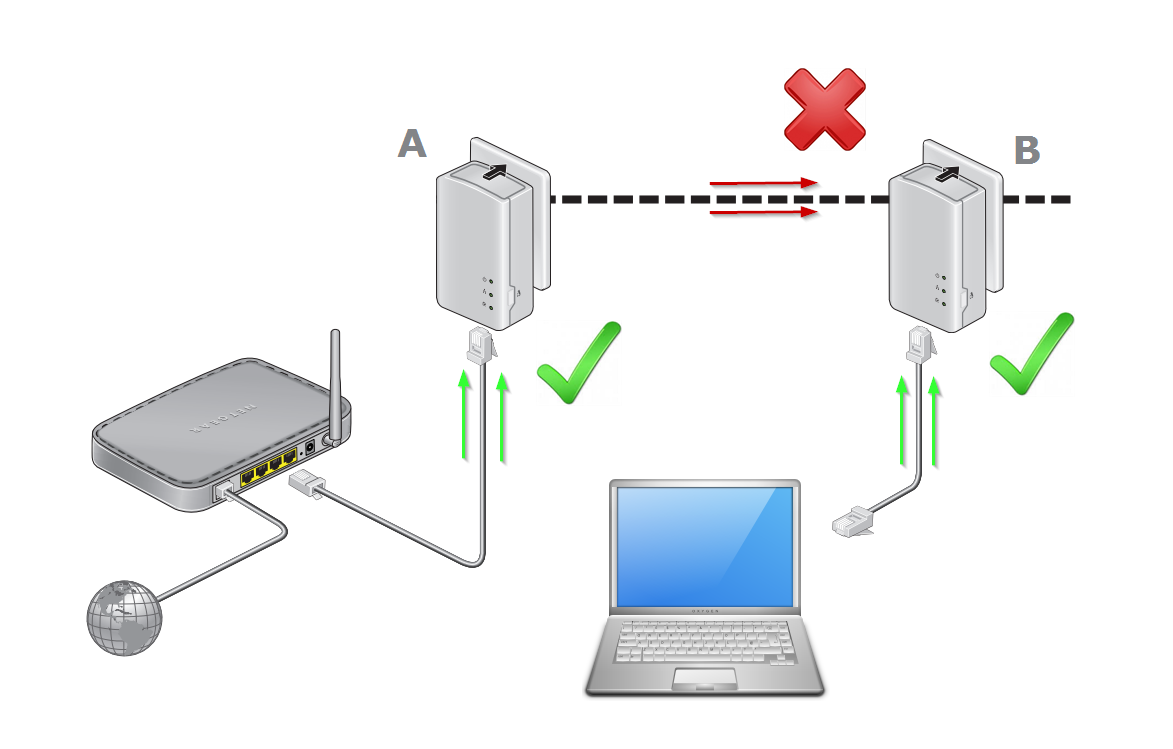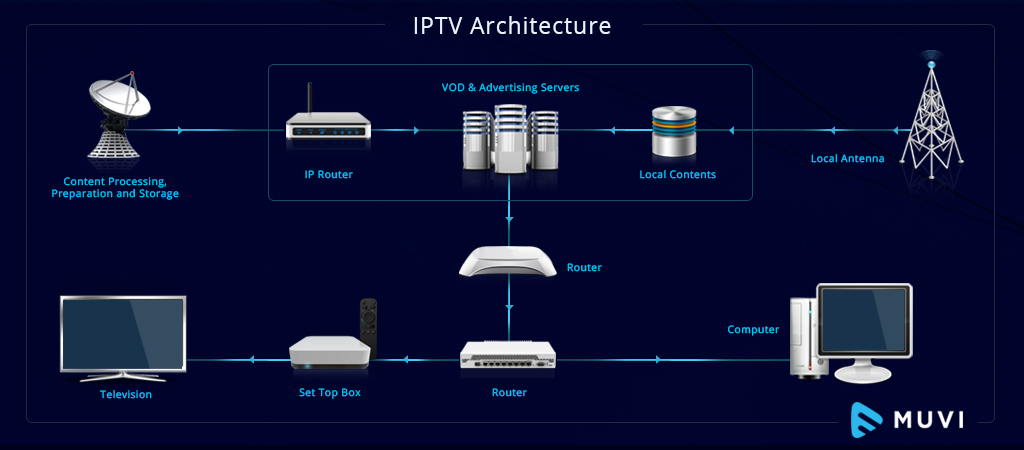Creating your own VGA (Video Graphics Array) cable is a rewarding project that not only saves money but also provides the opportunity to customize your video connections to meet specific needs. This comprehensive guide will take you through the entire process of building a high-quality VGA cable from scratch, ensuring you have all the information needed for successful assembly.

In an era where technology is constantly advancing, VGA cables remain a staple for connecting various devices, particularly older monitors and projectors. Building your own VGA cable not only enhances your technical skills but also allows for customization that off-the-shelf cables may not offer. This guide will provide you with detailed instructions, tips, and insights into VGA technology, ensuring that you can create a reliable and effective video connection.
Why Make Your Own VGA Cable?
There are several compelling reasons to consider crafting your own VGA cable:
- Cost Efficiency: Buying pre-made VGA cables, especially longer ones, can be expensive. By making your own, you only pay for the materials needed.
- Customization: You can create a cable that fits your exact specifications in length and quality, ensuring optimal performance for your setup.
- Quality Control: When you build your own cable, you can choose higher quality connectors and cabling materials, which can significantly improve signal integrity.
- Repair Capability: If a VGA cable becomes damaged, repairing it yourself is often easier and more cost-effective than purchasing a new one.
What You’ll Need
Before starting your project, gather the following materials:
- VGA connectors (male and female)
- Coaxial cable for video signals
- Shielded cable for grounding
- Heat shrink tubing
- Soldering iron and solder
- Wire strippers
- Electrical tape
- Scissors
- Continuity tester
Understanding VGA Technology
VGA technology has been around since 1987 and remains relevant due to its compatibility with older devices. Here are some key points about VGA:
- Analog Signal Transmission: VGA cables transmit analog video signals using RGB (Red, Green, Blue) components along with horizontal and vertical sync signals.
- Resolution Support: While standard VGA supports resolutions up to 640×480 pixels, higher quality cables can support resolutions up to 2048×1536 pixels depending on the quality of the cable and connected devices.
- Connector Design: The typical VGA connector is a 15-pin D-sub connector that facilitates easy connections between computers and monitors.
Step-by-Step Instructions
Step 1: Cut the Cables
Determine the required length of your finished VGA cable based on your setup. Cut both the coaxial and shielded cables to match this length while leaving several extra inches on each side for connecting to the VGA connectors.

Tip: For longer cables (over 25 feet), consider using thicker wire gauges (22 AWG is recommended) to minimize video signal degradation.
Step 2: Strip the Wires
Using wire strippers, carefully remove approximately 1/2 inch of outer insulation from both ends of the coaxial and shielded cables to expose the inner metal conductors.
Be cautious not to damage the metal wire while stripping.
Step 3: Prepare the Connectors
Refer to a VGA pinout diagram to ensure you solder the correct wires from both cables to their respective pins on the VGA connectors.
Apply just enough heat for the solder to flow smoothly; overheating can damage connectors.
Step 4: Assemble the Cable
After soldering is complete, slide heat shrink tubing over each connector’s rear end to cover any exposed metal. Position the connectors facing each other and twist together the coaxial and shielded cable pairs tightly to reduce interference.
Next, wrap electrical tape around the cables, stretching it slightly for a secure bind. This adds an extra layer of noise shielding.
Tip: Staggering connector positions slightly can facilitate easier heat shrink installation in the next step.
Step 5: Test Connections
Use a continuity tester to verify that all connections were soldered properly and check for shorts between any wires.
To verify resistance, touch tester probes to both ends of each individual VGA pin. Expect nearly 0 resistance on signal wires.
Step 6: Install Heat Shrink Tubing
Slide heat shrink tubing over your cable assembly, covering connectors and exposed cables. Apply gentle heat to shrink the tubing into place securely around your VGA cable.
Caution: Avoid overheating as it can melt tubing or damage internal components.
Common Issues and Troubleshooting
Even with careful assembly, issues may arise when using your DIY VGA cable. Here are some common problems:
- Distorted Video Signal: If images appear distorted or flickering, check all solder connections for integrity.
- No Signal Detected: Ensure that both ends of the cable are securely connected and that there are no breaks in continuity.
- Signal Degradation Over Long Distances: For long runs (over 50 feet), consider using signal boosters or higher-quality cables designed for extended distances.
Conclusion
Building your own VGA cable is not just a practical solution; it’s an opportunity to enhance your technical skills while ensuring that you have a customized connection tailored to your specific needs. By following this guide, you can create a reliable cable that performs well in various applications—from connecting older monitors to projectors in classrooms or conference rooms.
With careful attention paid to soldering techniques and component quality, this homemade cable can provide performance comparable to commercial options at a fraction of the cost. Should any issues arise down the road, repairing or replacing it will be straightforward.
FAQs
- What tools do I need to make a VGA cable?
You will need a soldering iron, wire strippers, scissors, electrical tape, heat shrink tubing, and a continuity tester. - Can I use this method for other types of cables?
Yes! The basic principles of cutting wires, stripping insulation, soldering connectors, and testing connections apply to many types of audio/video cables. - What is the maximum length I can make my VGA cable?
While you can technically make it as long as you want, signal degradation becomes significant over distances greater than 50 feet without using specialized equipment like signal boosters. - Is it worth making my own cables?
Absolutely! Making your own cables allows for customization in length and quality while saving money compared to buying pre-made options. - How do I know if my soldering connections are good?
Use a continuity tester after soldering each connection; it should show nearly zero resistance if done correctly without shorts between wires.
By following this guide on how to make a VGA cable from scratch, you’re empowered not only with knowledge but also with practical skills that enhance your tech-savvy capabilities! Happy building!






